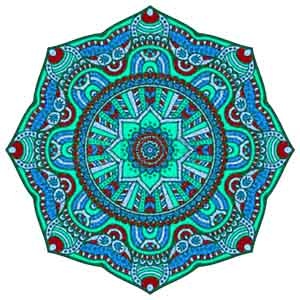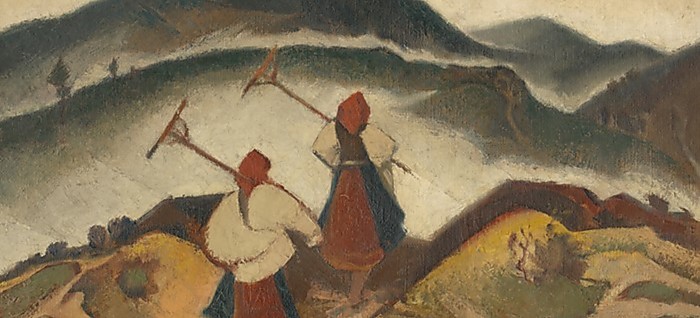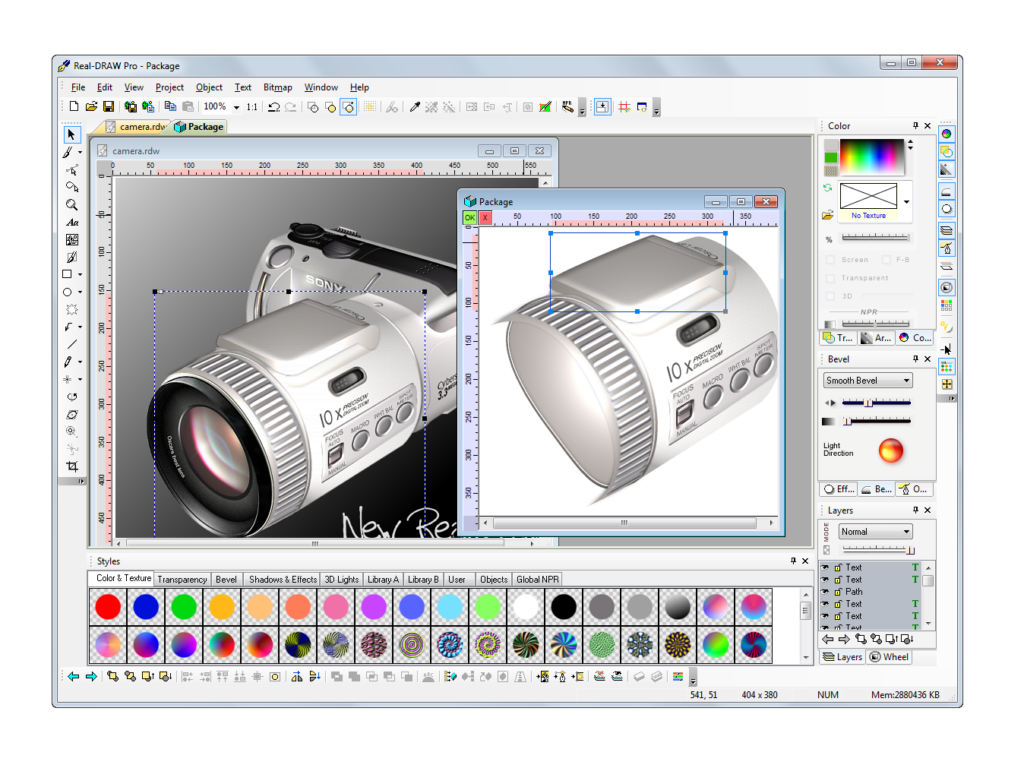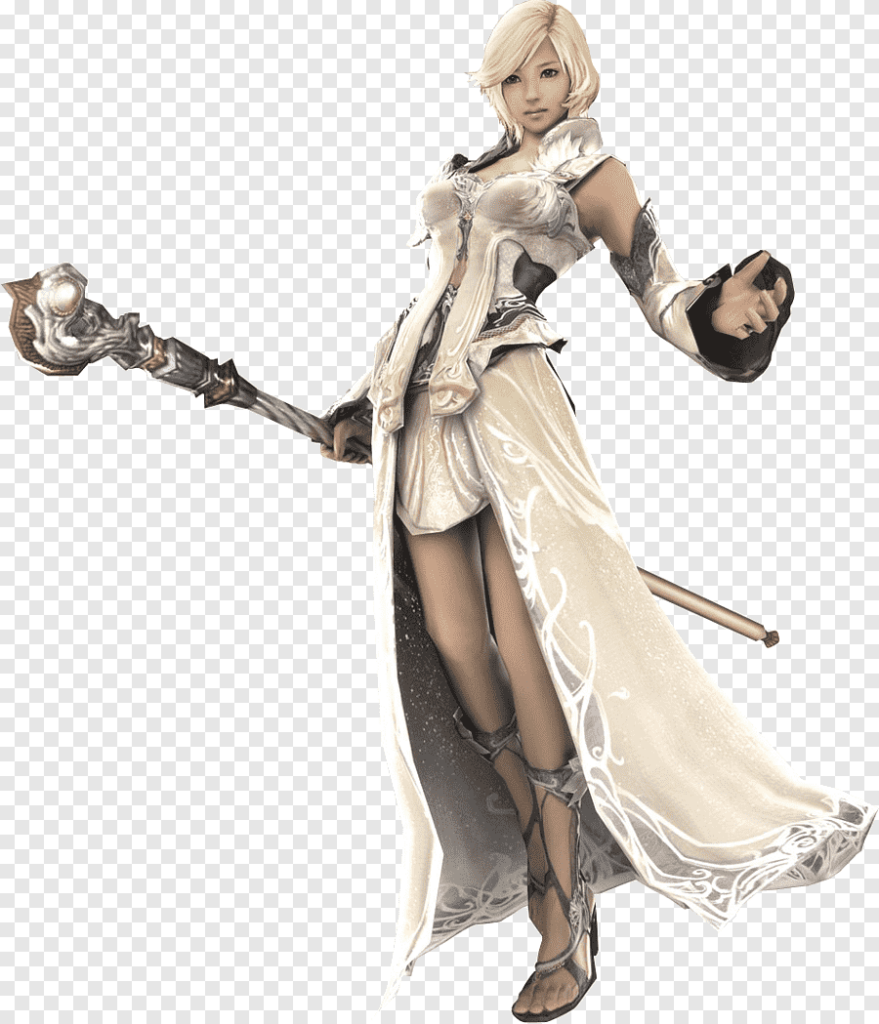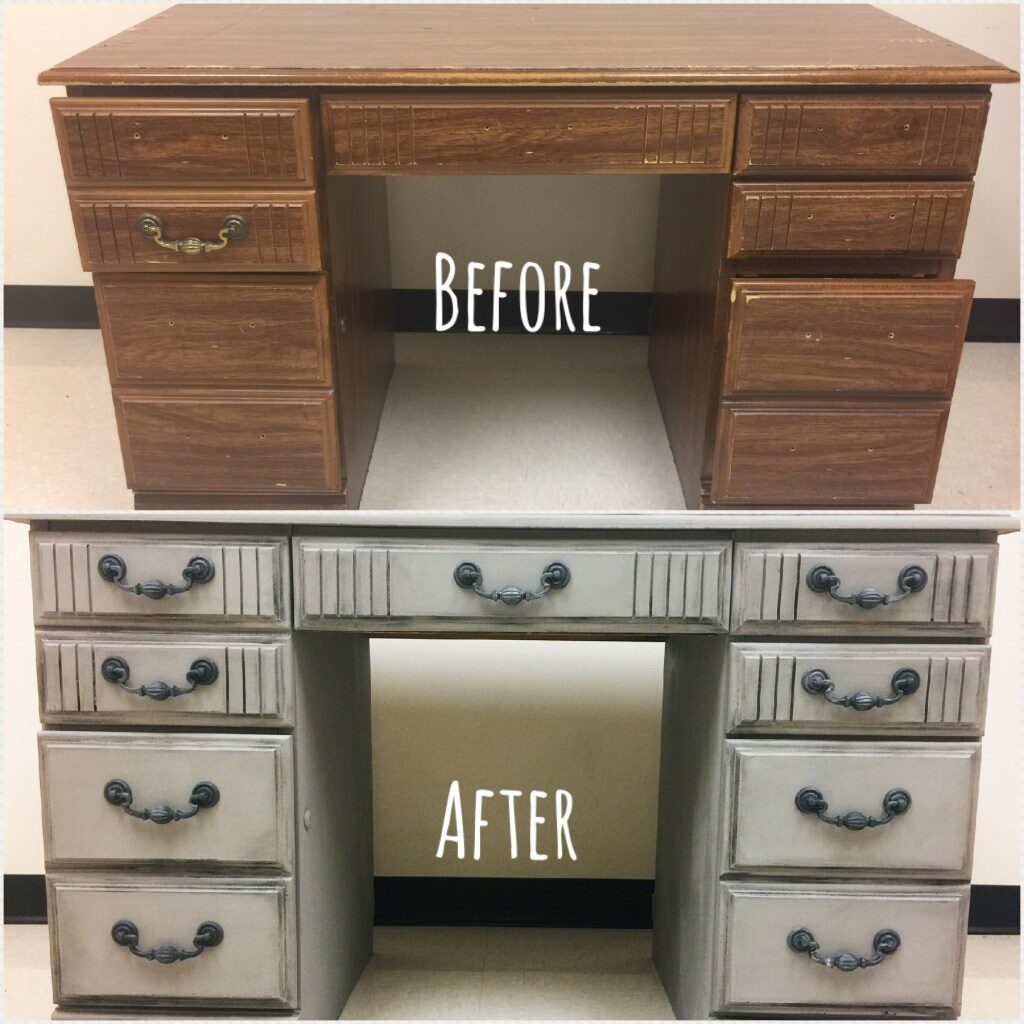
If you find yourself seeking a cultural experience in the Denver, Colorado area, you will want to visit the Brianna Martray Gallery. Brianna Martray is a magnificent young artist in downtown Denver whose style is a welcome change from the norm. She is a member of Denver’s Art District on Santa Fe and has been showing around the city since 2004. Her contemporary abstract style is bright and unique, and is sure to liven up any home or office.
Brianna graduated with honors from Columbine High School in 1997, one year before the shootings that made the school a household name. She comes from a long line of travelers and has traveled extensively, first in the United States, then around the globe. Her stops included Mexico, Europe, Chile, Jamaica, Asia, and a summer in Prague. She held several jobs, including two stints as a pizza delivery girl, and a counselor at a women’s shelter. During these years, she was composing and painting; literally, at times, a starving artist.
The Brianna Martray Gallery in downtown Denver is a treasure-trove of unique abstract oil paintings. Through past life experiences, Brianna has learned to put her energies and emotions on canvas, and the results are beautiful journeys that parallel those of the viewer’s soul; each piece seems to speak in a haunting whisper, but at the same time, is exuding optimism. Brianna’s work is to visual art what comfort food is the the soul. Her deeply spiritual nature is revealed in her paintings as she allows the viewer to “see the unseen”, to touch what she feels. She uses no brush or other artists’ tools like the ordinary artist, but intimately creates each canvas with her hands. Words that seem to float from the paintings are written by her fingers and nails, and therefore, lend a touch of the painter’s personality to her work.
Brianna’s works are a process, and with each one, she not only learns and grows as a painter, but also spiritually. Only the colors and the canvas size are chosen in the beginning. Her experiences and travels come together with the oils as she wraps herself in her passion. Each piece is born, not from an image across the room, but in the mind of this amazing young woman.
You owe it to yourself, and to your space, to visit the studio. One could most certainly add zest to a barren, color-hungry room in your home or office with an original work of art by this fascinating artist. The paintings range in size from 16″ x 20″ to 52″ x 52″ x 4″, and are priced between $290 to $5,000. The Brianna Martray Gallery is located at 900 Santa Fe Drive, Studio G in Denver, Colorado.
Thank you for reading this article! If you have any further questions about this topic please contact us.
